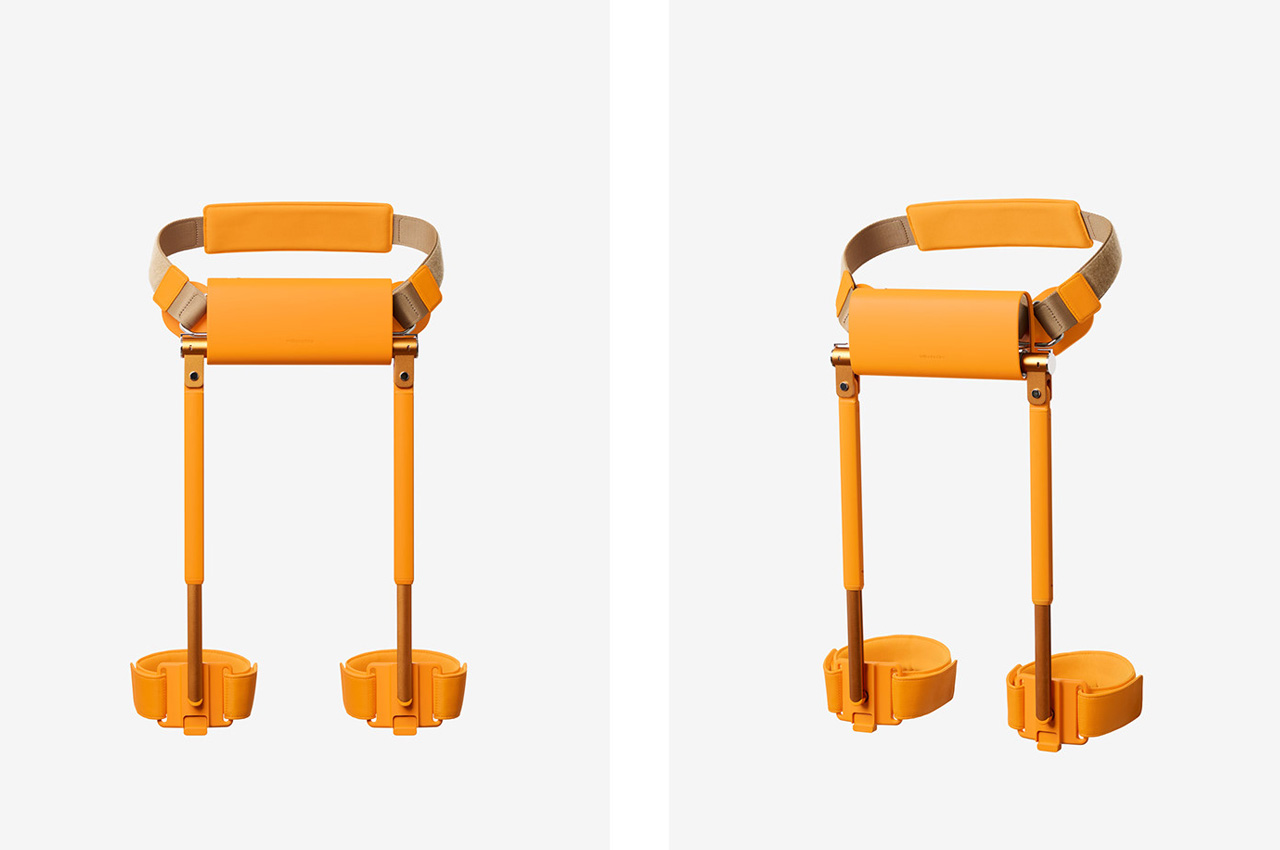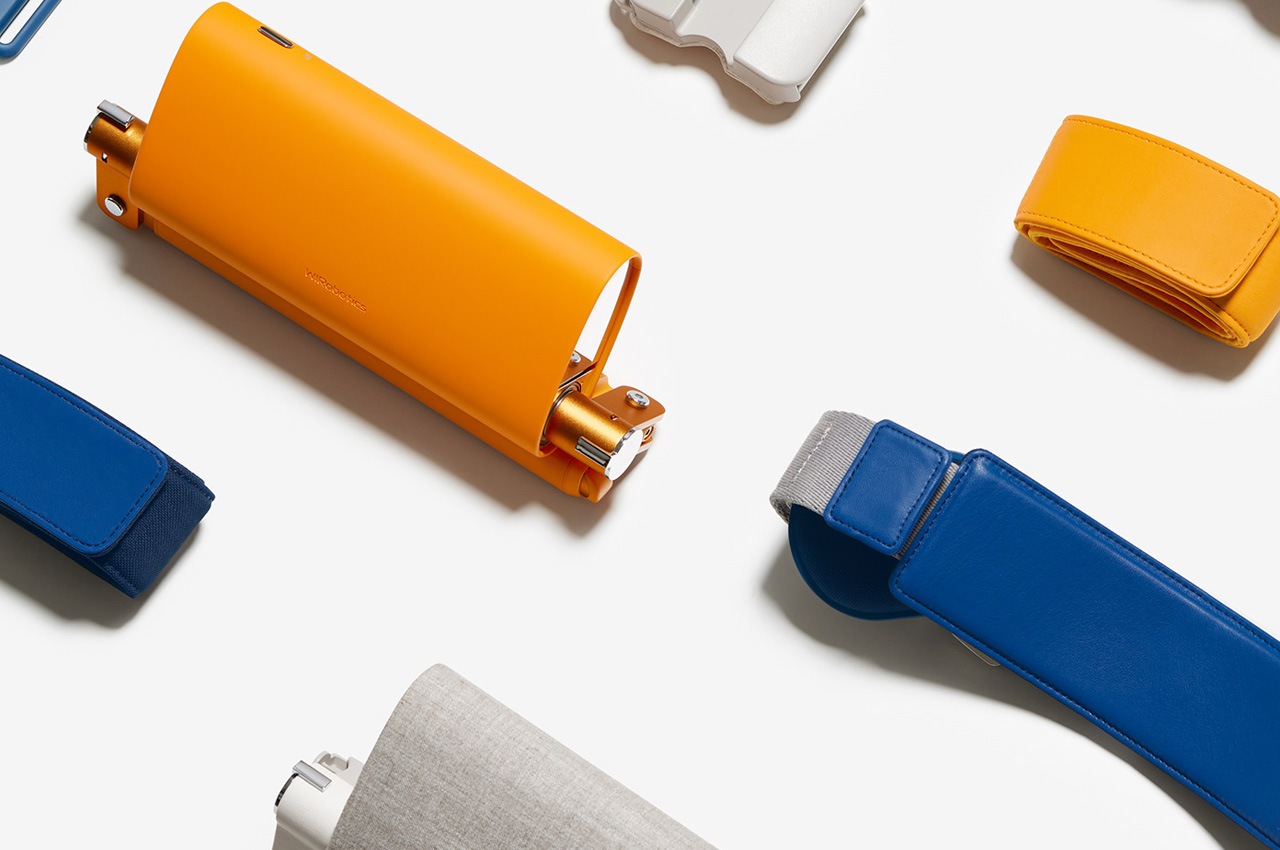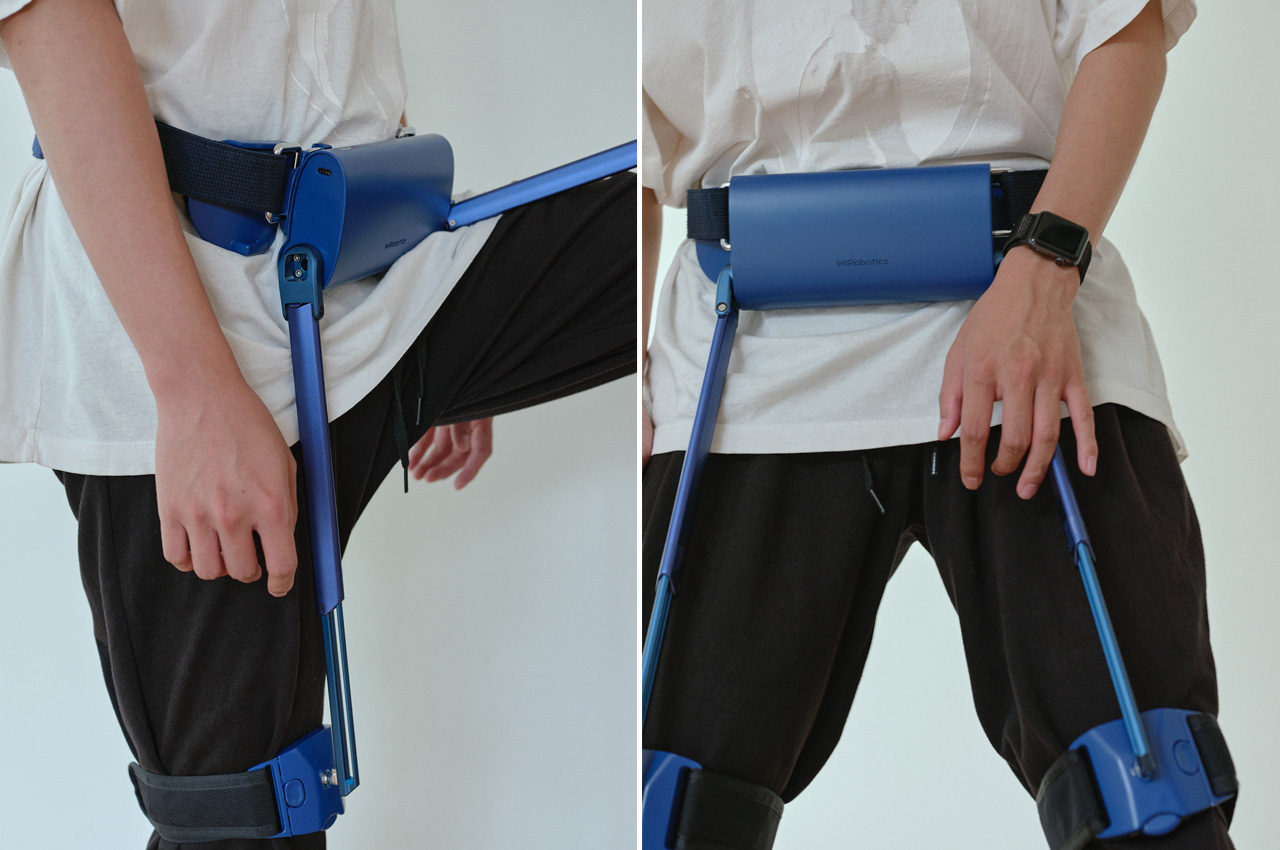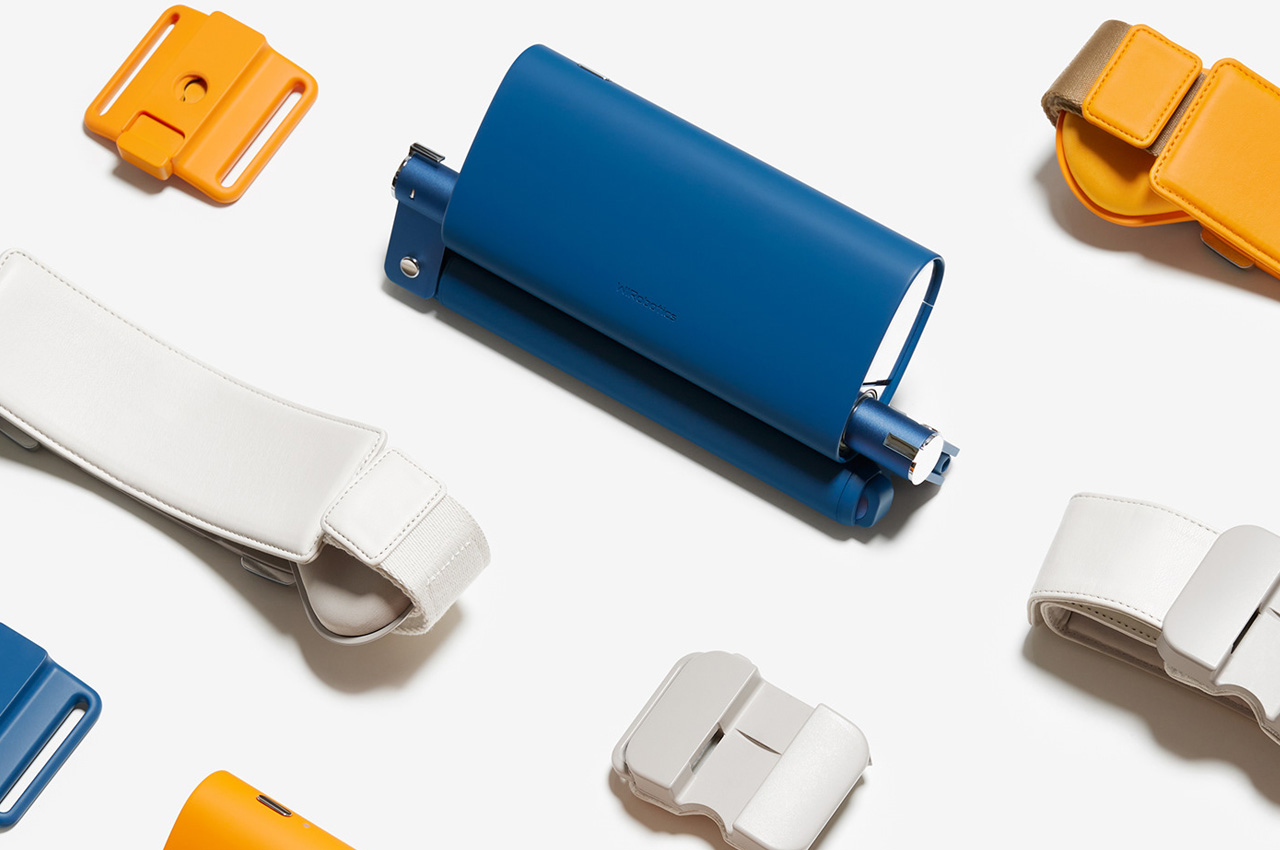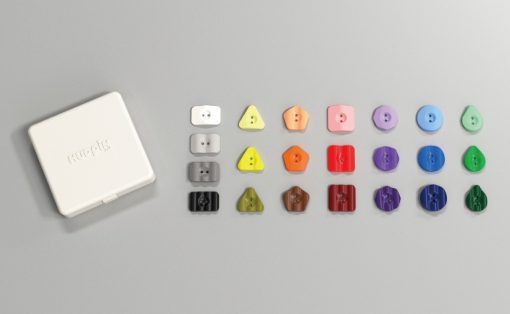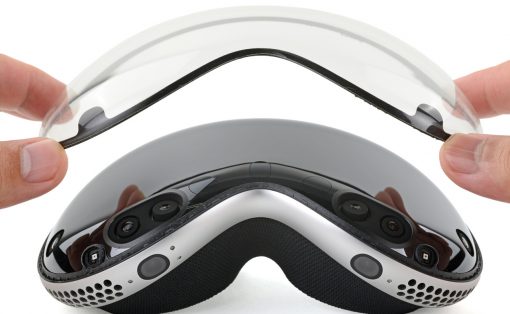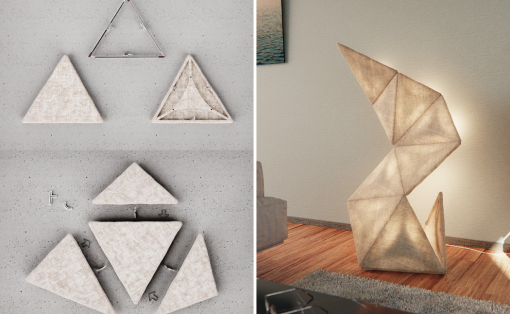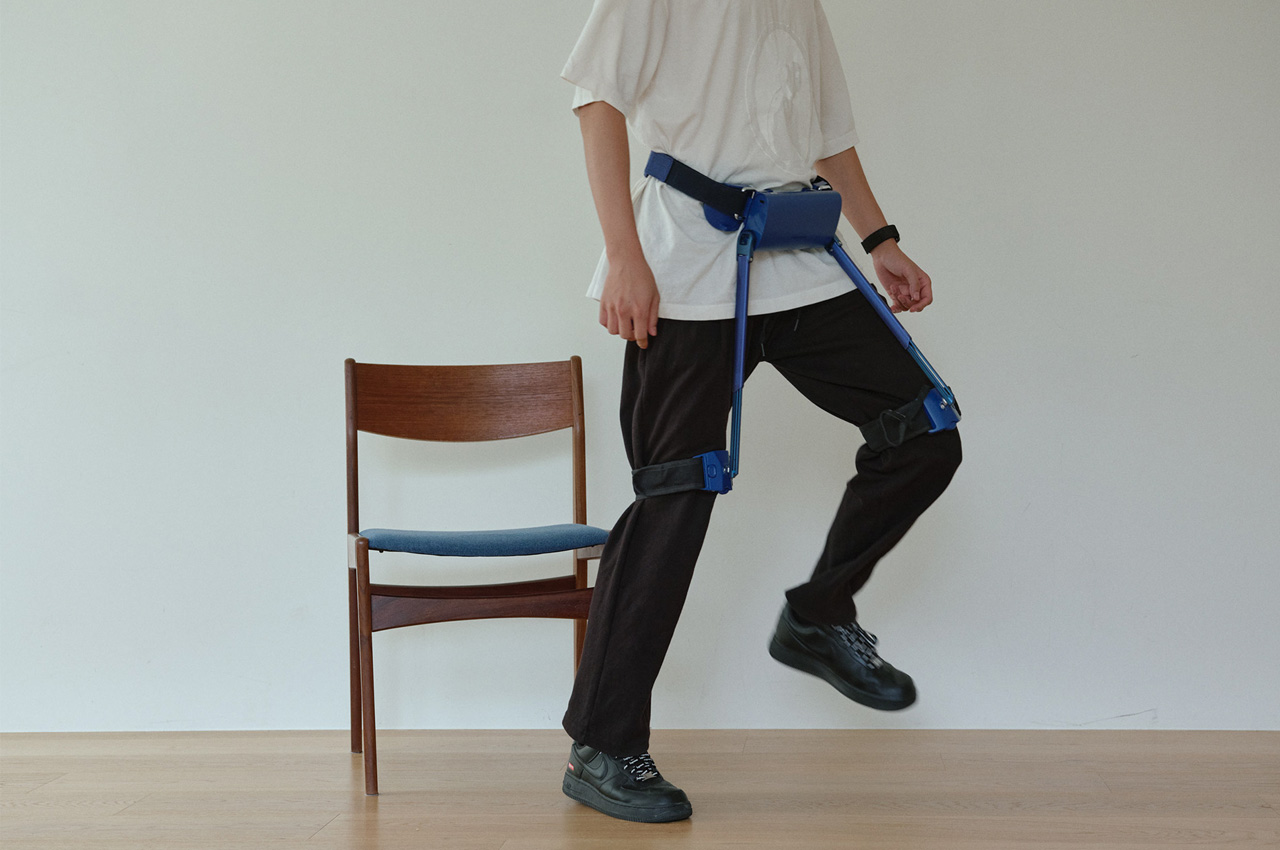
Wear it as a harness: fasten the thigh braces and buckle up the fanny pack-like device around your waist and you can be in command of a mobility wearable robot that can assist you walk with better efficiency or provide resistance to your legs so you can add strength to your lower body.
While existing mobility assist robots are made for seniors with leg discomforts or are intended to help the differently abled to move with more freedom; the WIM mobility assist wearable device created by WIRobotics, is designed for younger consumers to walk better and exercise with the new age technique.
Designer: WIRobotics
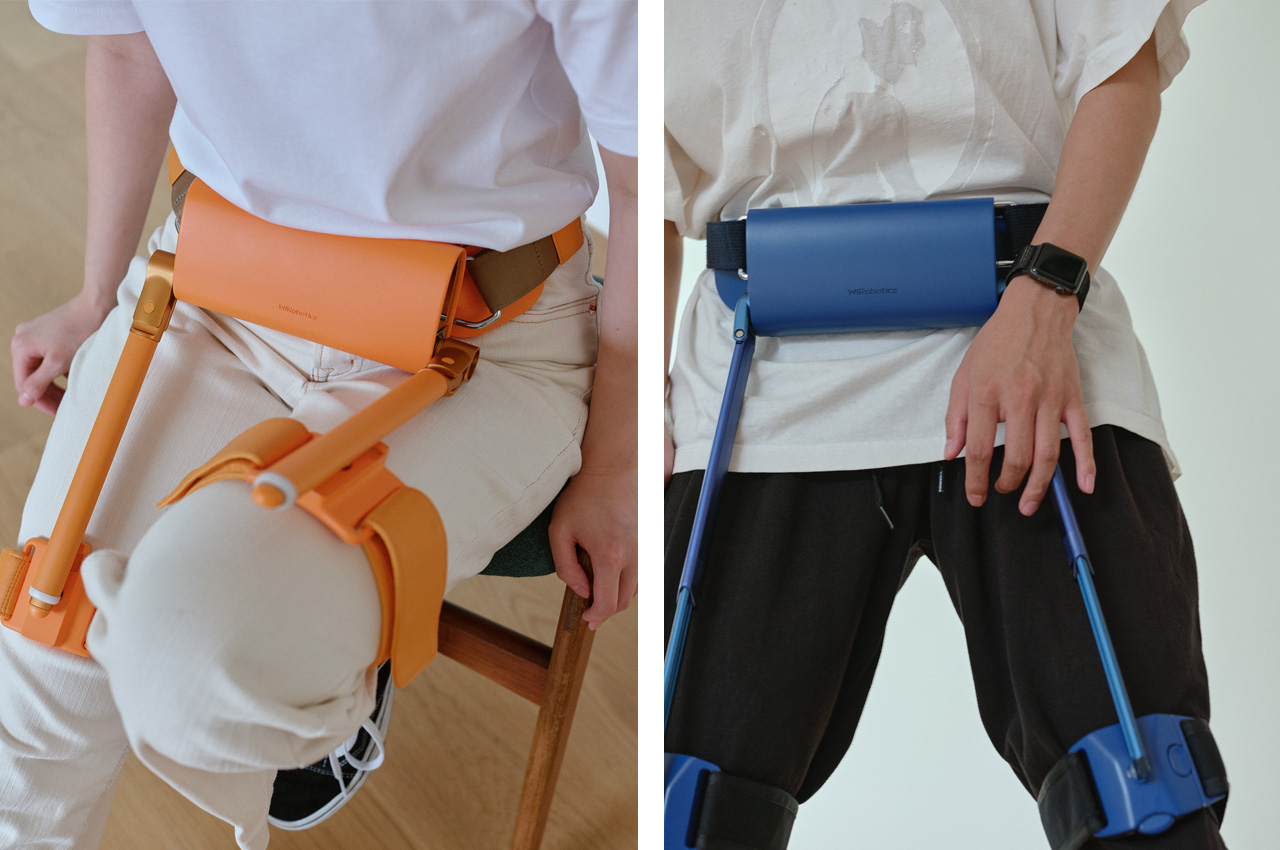
WIRobotics is a company formed by former Samsung Electronics robotics engineers with the intent to help people with limited abilities leverage the freedom of movement that new technologies can permit. With the Wearable Mobility WIM robot, the idea is slightly different. Even though it is a device for those who have issues with their legs and have problems walking longer distances, it would also cater to those who spend hours in the gym trying to strengthen their lower body.
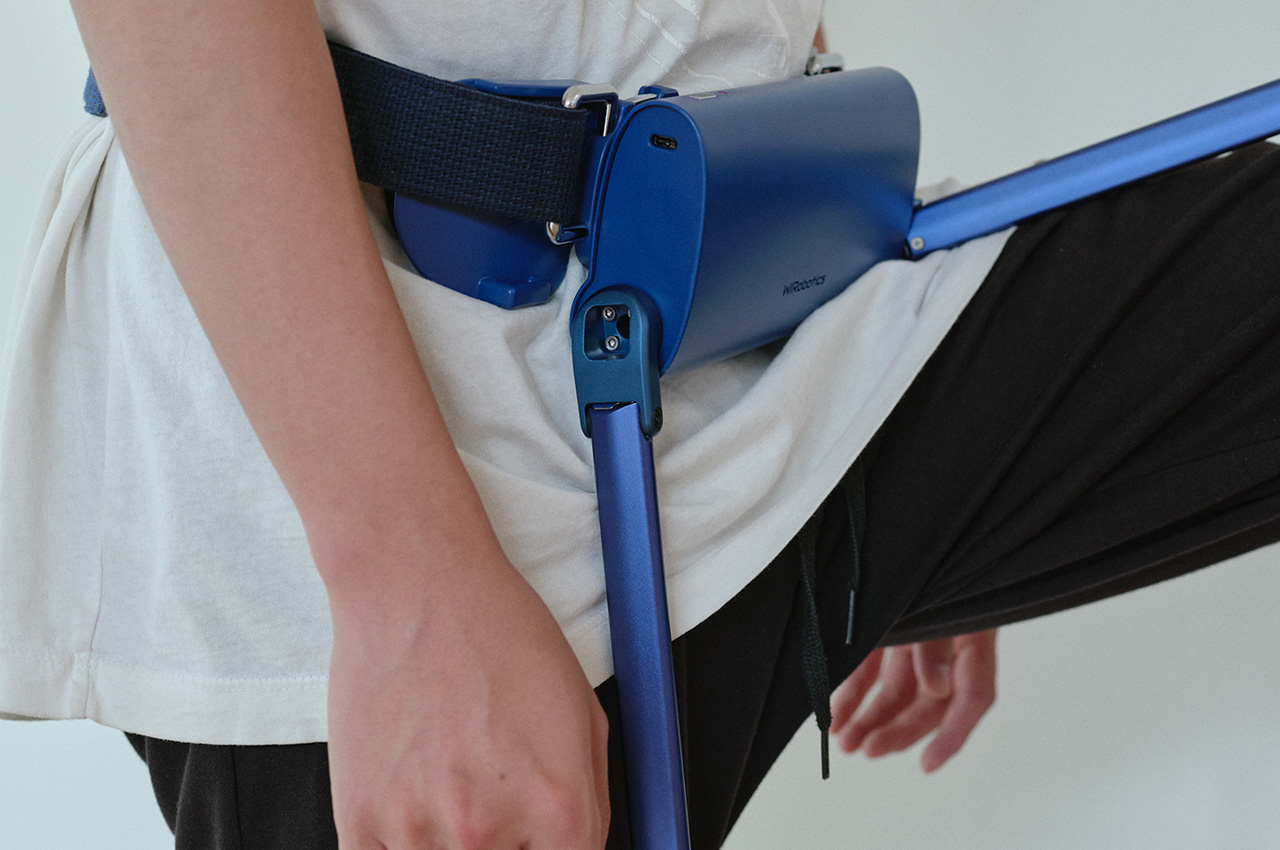
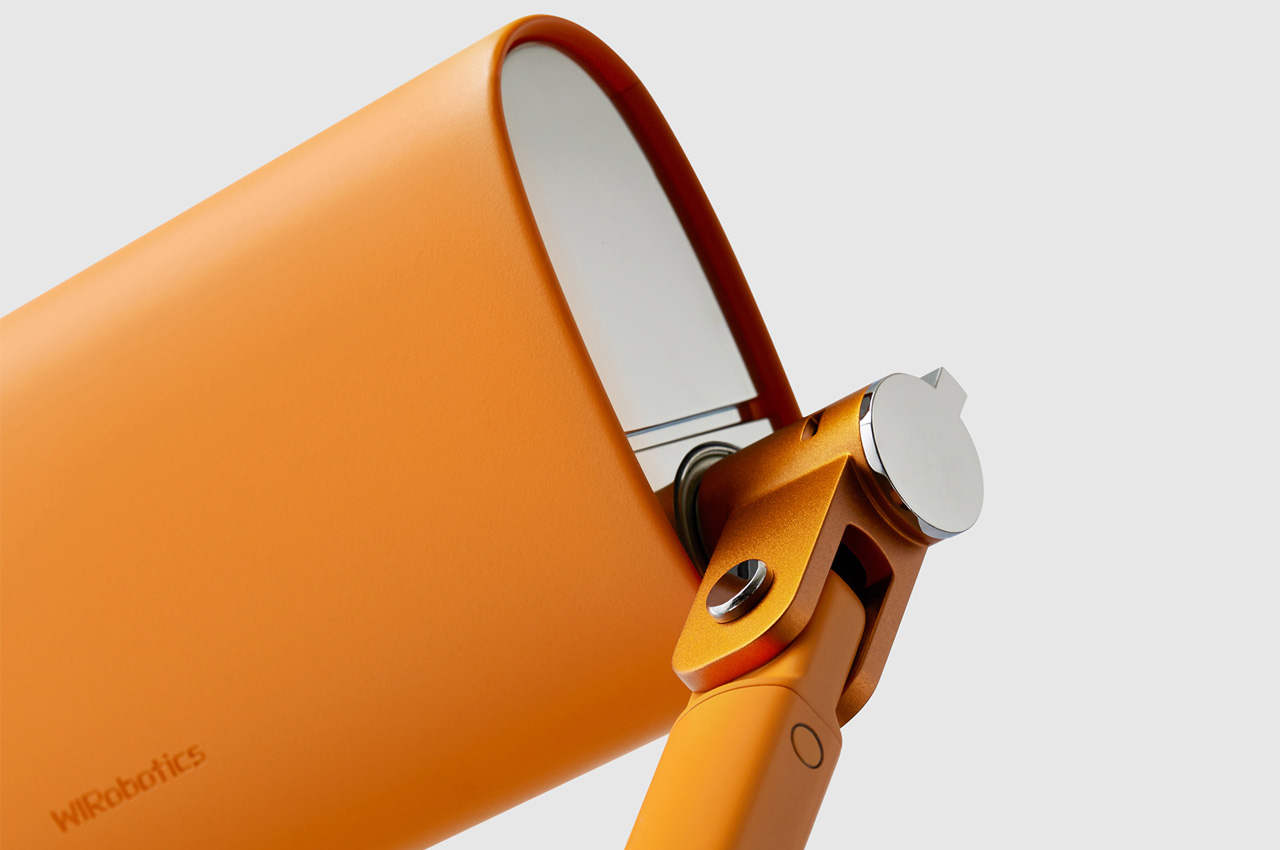
Weighing much lighter than most other assist robots on the market, the WIM robot is also slimmer and more compact, but absolutely effective at providing powerful assistance force to the limb. It also analyses the gait of the user – and corrects it – in real-time. It comes with two different use modes: the assist mode, which does what it means – assist the user walking with more confidence and freedom while saving user energy by up to 20 percent. The exercise mode provides resistance – force comparable to walking in water – to the legs of the user for lower body strength.
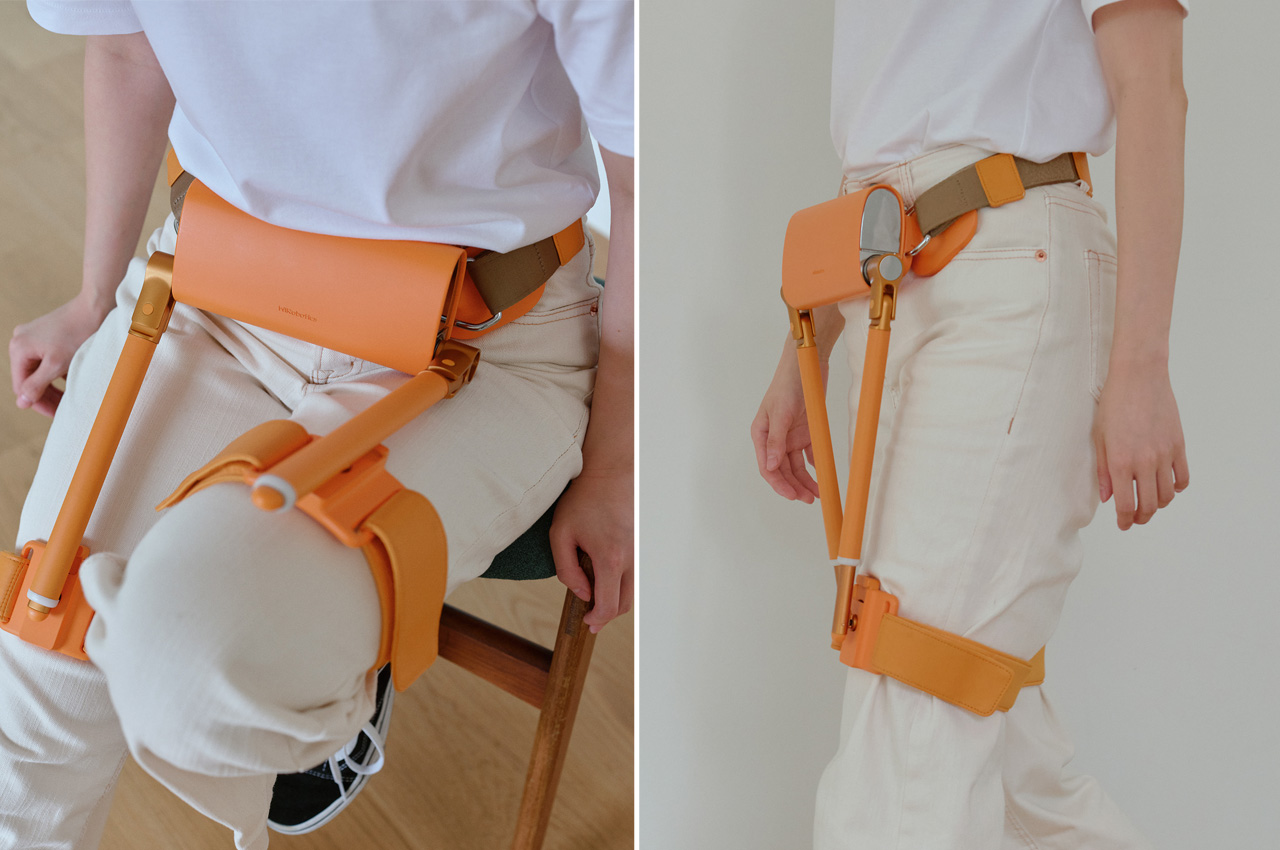
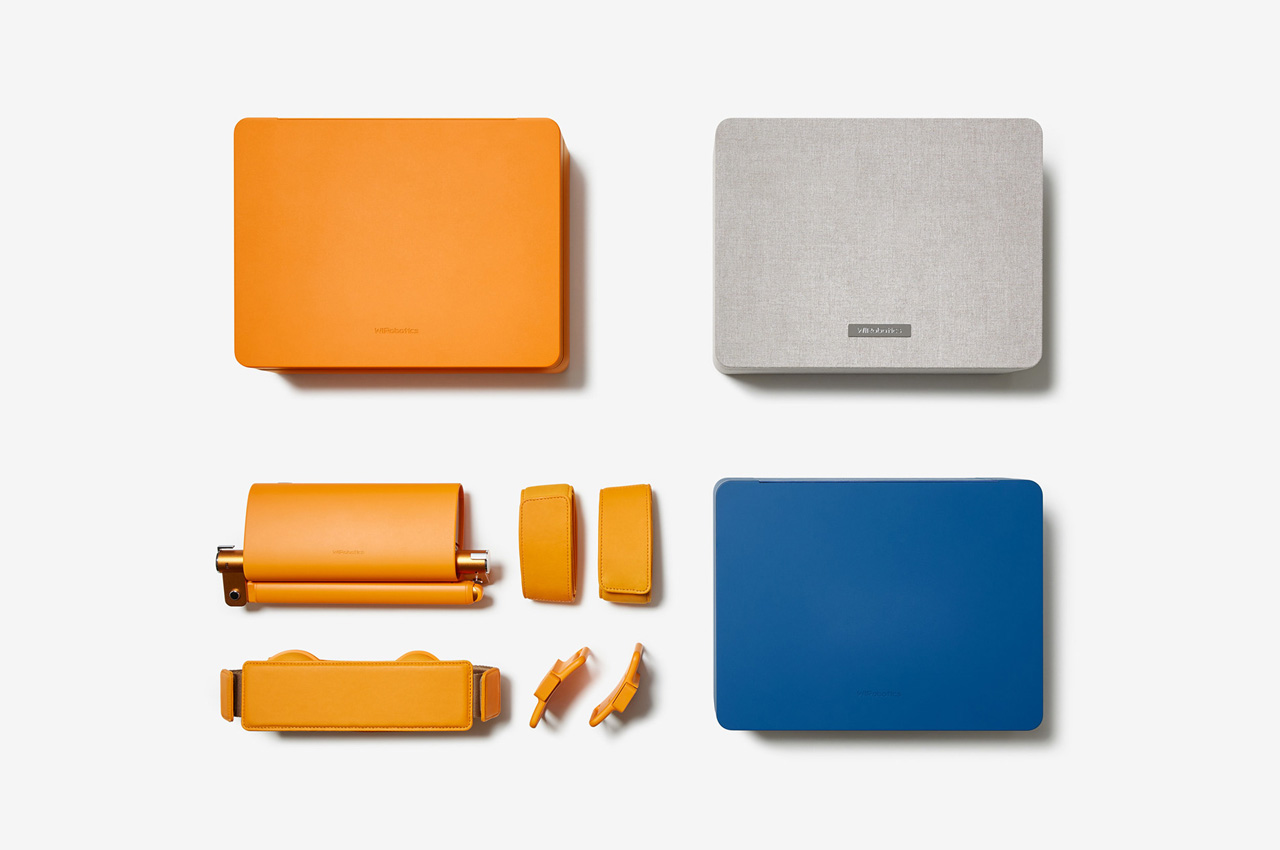
Since this harness-style wearable exoskeleton is not a typical medical device, it doesn’t look like one. Provided in vibrant orange, electric blue, and subtle gray color options, the exoskeleton for hiking and exercise is designed like a fashion accessory that the Gen Z or even the millennial population wouldn’t mind wearing in their everyday routine. The robot has a single-motor in the fanny pack-like belt strapped to the front of the waist, while both the thigh extensions have individual actuators. The ergonomics of the robot are maintained by aluminum joints in a plastic body to provide a non-restrictive design that can provide free and natural movement. The entire structure can be completely disassembled for convenience of storage and transportation.
